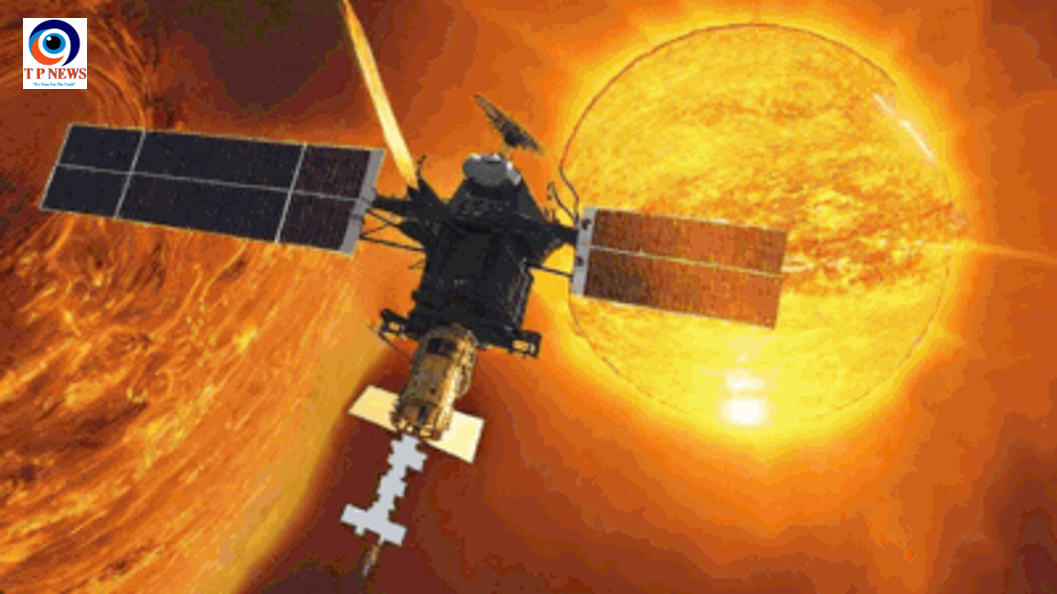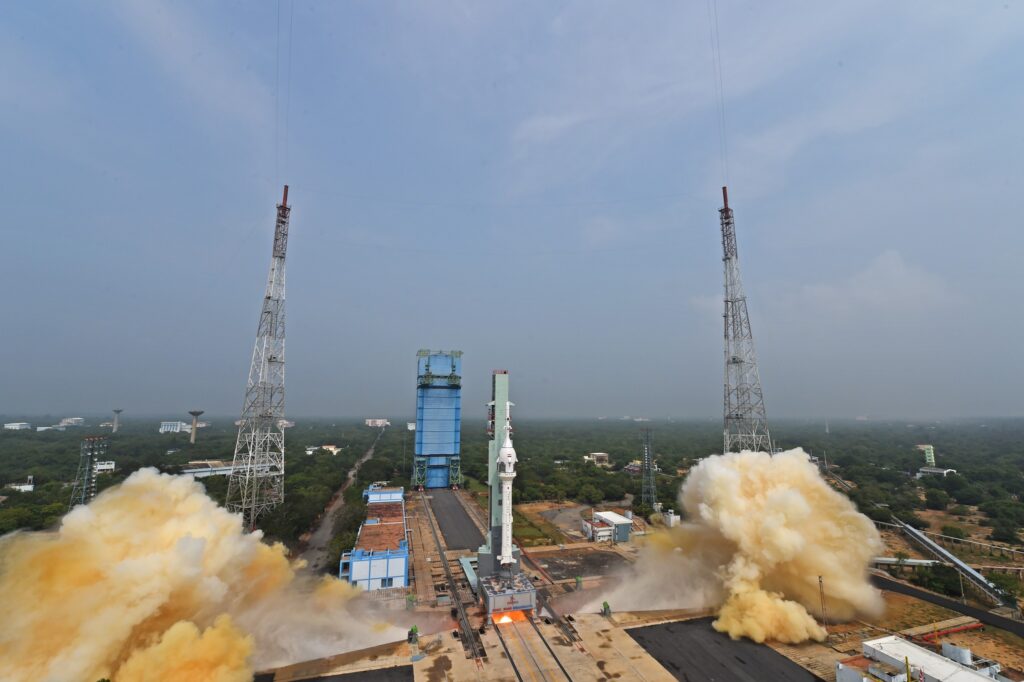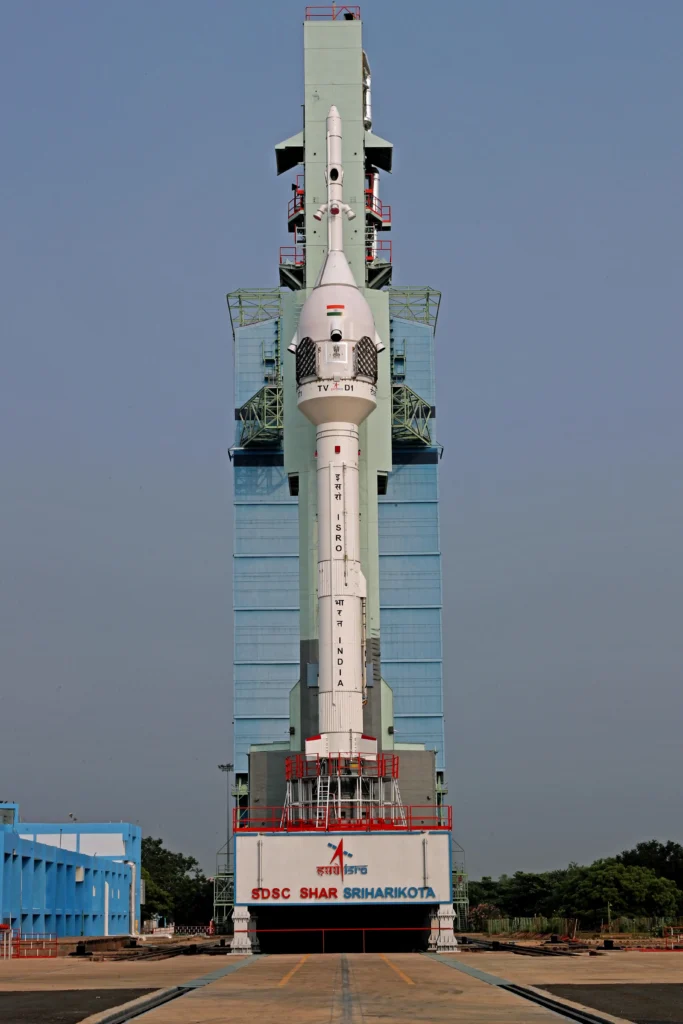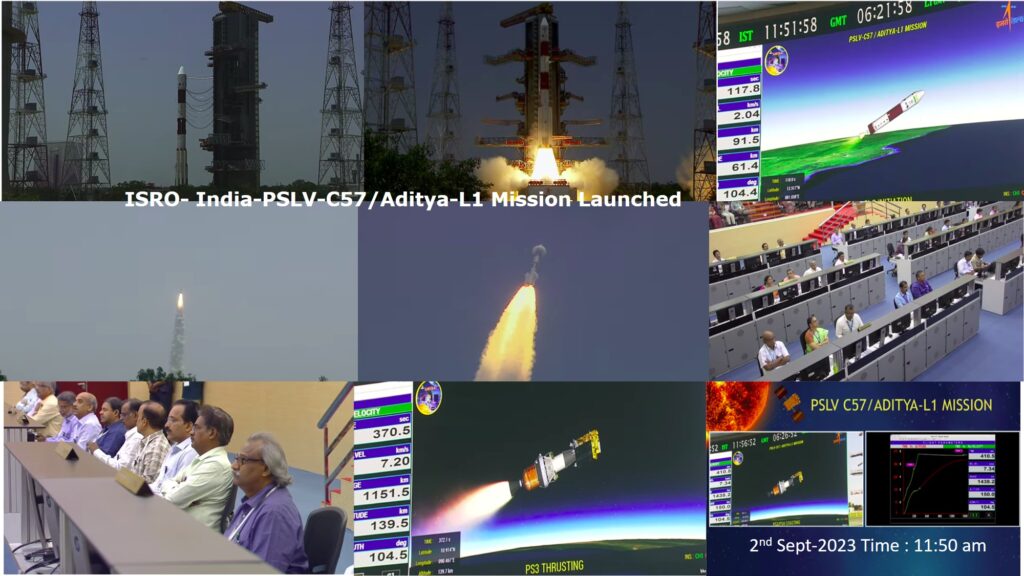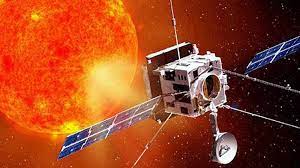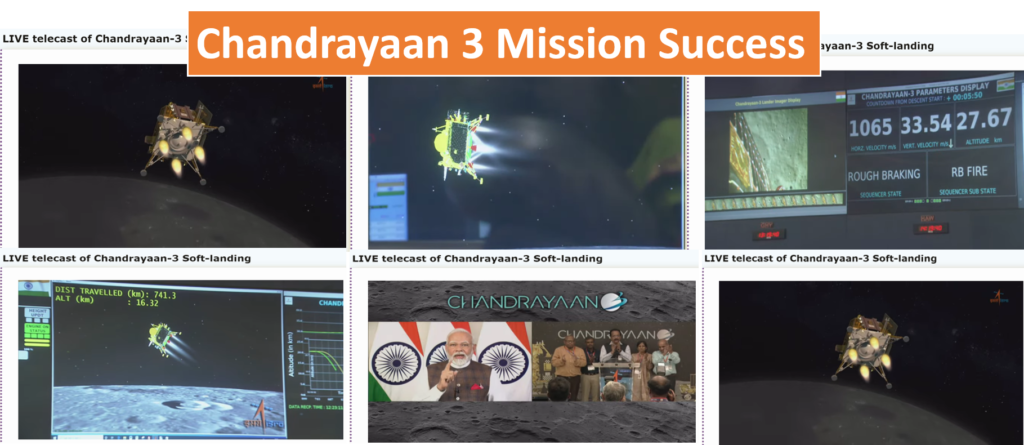Recently, the Indian Space Research Organization (ISRO) confirmed the successful placement of the Aditya L1 satellite into its final orbit on January 6, 2024. The space agency shared the milestone through a social media post, revealing that Aditya L1 has effectively entered the Halo orbit around the L1 point.
Regarded as a highly challenging task, the precision placement of the satellite in the Halo orbit at the Lagrangian point was meticulously executed by ISRO. The Ground Command Centre, situated approximately 1.5 million km away, played a crucial role as ISRO utilized the motor and thrusters for this intricate maneuver.
The propulsion system of the Aditya L1 spacecraft, comprising a 440 Newton Liquid Apogee Motor, eight 22 Newton thrusters, and four 10 Newton thrusters, was skillfully employed in a series of intermittent firings to guide the spacecraft to the L1 point.
Prime Minister Narendra Modi commended ISRO’s success, expressing confidence in India’s commitment to exploring new frontiers of science. Dr. Jitendra Singh, the Union Minister of State for Science and Technology, hailed the accomplishment as a proud moment for the country under the visionary leadership of Prime Minister Narendra Modi.
Aditya L1 marks India’s inaugural solar mission, designed to observe and study the Sun’s Corona, unraveling the mysteries of its extreme heat and its impact on Earth. The Lagrangian Point, or L1, represents the equilibrium point where gravitational forces between the Earth and the Sun allow uninterrupted observation of the Sun without the interference of eclipses.
Following its launch from Sriharikota, Aditya L1 underwent four Earth-bound maneuvers and a Trans Lagrangian Point Insertion maneuver to reach its final orbit. The successful positioning of Aditya L1 in its designated orbit signifies a significant stride in India’s scientific exploration, specifically in understanding the Sun-Earth connection.



